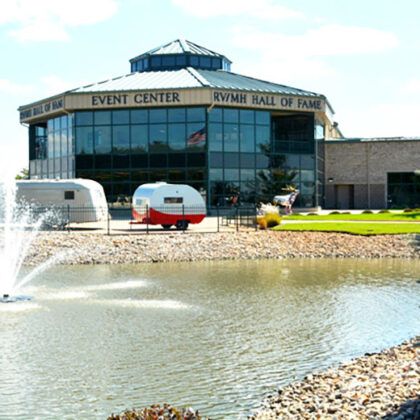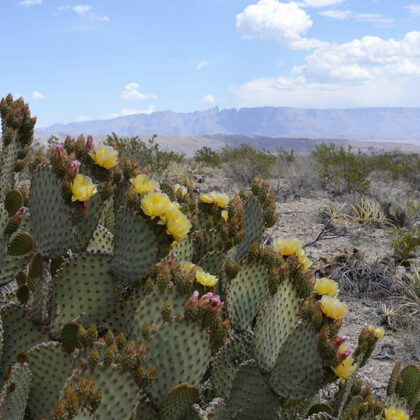There are few places in the United States more beautiful and naturally diverse than the Pacific Northwest states. Commonly referred to as Cascadia, the region generally includes Washington, Oregon, Idaho and northwest Montana as well as parts of western Canada. This article focuses only on the American region.
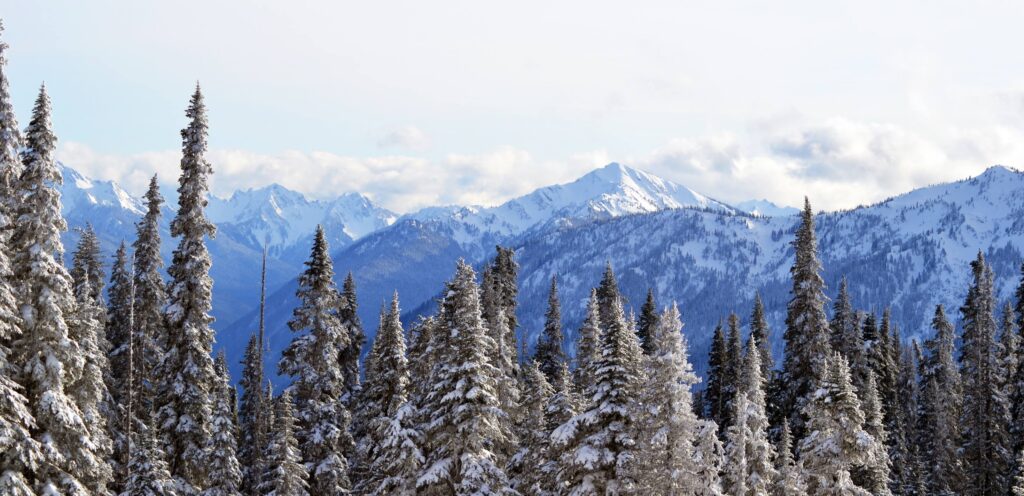
by Greg Gerber
From a geographic perspective, the region is very diverse. There are desert-like conditions in eastern Washington, and a rain forest in the western part of the state. Much of the Pacific Northwest is covered by vast forests, while Puget Sound enables sea life, like whales, to frolic inland from the Pacific ocean.
Its famous mountain ranges include a few volcanoes, as the country discovered when Mount St. Helens blew its top in May 18, 1980, and destroyed miles of forest land in the process.
While there are a few megacities, like Seattle and Portland, much of the region is comprised of smaller communities connected by miles of open road. Visitors can immerse themselves in a multitude of natural and manmade attractions.
From spring to fall, the climate in the Pacific Northwest is generally comfortable in the mid-70s. Winters can be brutal for snowfall in the mountains and for rain – lots of rain – in the eastern areas.
Let’s explore some of the most popular things to do in the Pacific Northwest.
Washington – The Evergreen State
I’ll start with Washington because it holds a special place in my heart. When I was 20 years old, I took a train from Wisconsin to Seattle on my first solo vacation. I quickly fell in love with the area, not just for its scenic beauty, but the variety of things to do.
I visited long before three of America’s largest companies – Amazon, Costco and Microsoft – set up shop in the Seattle area, which brought lots of people and traffic to the region. Still, Seattle remains one of my all-time favorite places to visit. Here’s why:

- Space Needle – Towering above the downtown neighborhood, the 605-foot tower, topped by a flying-saucer-like hovering disk, was built as a showcase attraction for the 1962 World’s Fair. It features a 360-degree observation area near the top from which people can view Puget Sound, Mt. Rainer and even into Canada on a clear day. A rotating restaurant gives people a panoramic view of the city while enjoying a meal or even dessert.
- Chihuly Gardens – Located just below the Space Needle, the colorful glass displays were created by renowned artist, Dale Chihuly. The intense colors of the hand-blown glass are contrasted by the lush green native plants.
- Pacific Science Center – One of the country’s best science museums, its standing exhibits include a butterfly house, seven dinosaurs in a lifelike environment, insect village and an IMAX theater.
- Pike’s Place Market is a year-round standing farmers market where you’ll find the freshest fruit, vegetables, flowers and fish served up daily.
- Across the street from Pike’s Place, you’ll find the original Starbucks location. Enjoy a venti mocha cookie crumble Frappuccino while you walk toward the waterfront.
- Pioneer Square is Seattle’s original downtown with buildings dating back to the mid-1800s. An eccentric collection of art galleries and coffee shops, the area is home to Smith Tower, which was once the tallest building west of the Mississippi when built in 1914.
- Or, step way back in time with a tour of underground Seattle, where original storefronts, sidewalks and streets remain preserved as the city grew “up” around it.
- The waterfront is home to the Seattle Aquarium and its 400,000-gallon tank with underwater dome filled with all kinds of fish. The Great Wheel offers a 15-minute trip in a private gondola to a height of 175 feet, which offers a stunning view of the city and sound. There are some unique souvenir shops in that area along with reasonably-priced restaurants.
- The nearby ferry terminal connects passengers to various locations around Puget Sound.
North of Seattle, the area around Mt. Vernon erupts in color every spring as millions of tulips begin to bloom. For a truly unique experience, take the ferry roundtrip from Anacortes to Friday Harbor, where you can enjoy a meal and do some shopping. Keep your eyes open for whales, dolphins and other sea creatures.
East of Seattle, the city of Leavenworth offers a distinctive German ambiance because it is modeled after a Bavarian village. The city of less than 3,000 people hosts a different festival every month.
South of Seattle, visit Boeing’s Museum of Flight to explore 150 historic aircraft and spacecraft artifacts from an Apollo 17 mission module, to Air Force One and a supersonic Concord. Other exhibits include a spaceflight academy, birth of aviation and the advent of unmanned aircraft.
Point Defiance Park is one of the best county parks in the nation. Visitors can tour the Fort Nisqually living history museum, check out one of nine gardens and enjoy a trip to the zoo or aquarium. The Five Mile Drive is a one-way loop around the peninsula which offers fun views of the famous Tacoma Narrows Bridge. There are plenty of hiking and biking trails as well.
Less than 60 miles southeast of Seattle, the 14,000-foot Mount Rainier can be seen everywhere in the region. A dormant volcano, scientists predict there is a high-probability of eruption sometime soon. Mount St. Helens, a sister volcano located 100 miles south of Seattle, actually erupted May 18, 1980. Visitors can still see the massive destruction it caused.
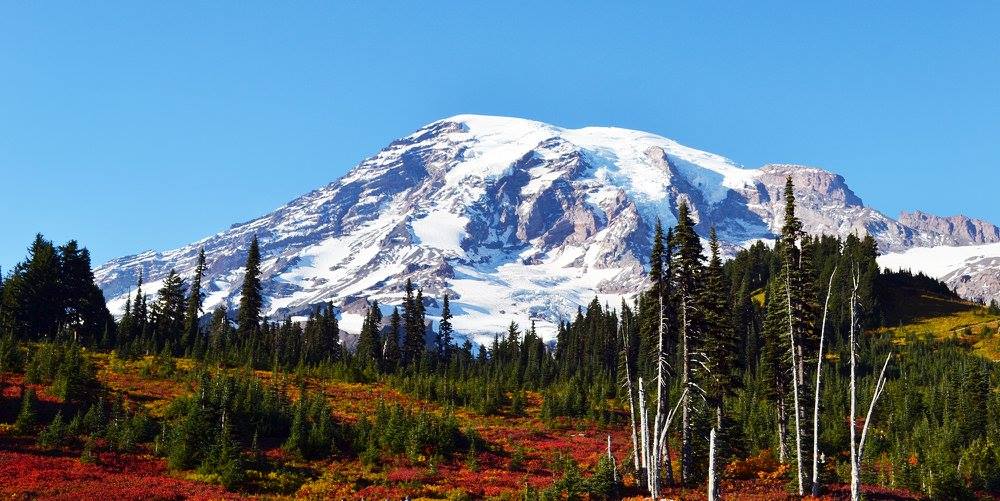
Olympic National Park encompasses a large portion of the state’s northwest peninsula. It is an exceptionally-diverse ecosystem that includes the Pacific coastline, a temperate rainforest, alpine area and typical forest.
There are a plethora of hiking trails in that area as well as skiing, swimming, rafting and fishing. Best of all, the communities in the Olympic Peninsula, many of which are connected via U.S. Highway 101 offer some fun shopping and sightseeing excursions. The communities of Sequim and Port Townsend are particularly charming. Movie buffs will recognize Fort Worden State Park as the location of a number of scenes in An Officer and a Gentleman.
Olympia, Washington’s capitol city, is the gateway to the peninsula, and is beautiful in its own right. It is home to a number of parks and museums.
Across the state in Spokane, the 37-mile paved Centennial Trail makes it easy to walk and bike as it passes through Spokane and neighboring communities on its way to the Idaho border where it connects with the North Idaho Centennial Trail.
The Tri-Cities area of Richland, Kennewick and Pasco is where the Yakima, Snake and Columbia rivers connect. There are seven river-front parks in the region as well as 67 miles of paved bicycle and pedestrian trails.
A key attraction is the Hanford Site, a decommissioned nuclear production complex used to manufacture plutonium for energy and weapons. The site played an instrumental role in the Manhattan Project and the creation of America’s first atomic bombs. The REACH Museum tells the story through interactive displays.
Idaho – The Gem State
Idaho is well known for its potatoes, for which a third of all those consumed in the United States are harvested here. The 13th largest state based on land mass, a third of Idaho’s land is covered by forests and two-thirds of the state is considered public land.
Just under 2 million people call Idaho home, but there are only three cities larger than 100,000 residents. The wide-open spaces border six states as well as Canada. Idaho features purple mountains with snow-capped peaks, massive sand dunes, robust rivers and abundant natural resources, all of which make it popular among people who like to live in and play outdoors.
Idaho is well known for trout fishing, with some estimates suggesting it accounts for 85% of all commercially-sold trout in America. That could be because there are more miles of whitewater river in Idaho than any other state, which also makes it a challenge for paddlesports enthusiasts and a thrill for rafters.
With all those rivers, there are bound to be some spectacular waterfalls. With a 212-foot drop, the Shoshone Falls on Snake River near Twin Falls is nicknamed the Niagara of the West. Springtime is the best viewing experience as winter runoff increases the water flow.

Thousand Springs State Park is actually a conglomerate of four individual parks along the Snake River, which offers views of dozens of waterfalls, especially from Ritter Island.
For people who like to hike, visiting Heaven’s Gate is supposed to be a remarkable trip. From it, people can view the entire state of Idaho as well as peer into Washington, Montana and even Oregon. But, don’t fall! Beneath Heaven’s Gate is Hell’s Canyon. Sinking to a depth of 7,900 feet, it is deeper than the Grand Canyon.
The city of Pocatello designated itself as the Smile Capital of America. In fact, it is technically illegal not to smile in that community of just under 90,000 happy people. Maybe they’re smiling because the community takes cleaning so seriously. It hosts the 75,000-square foot Museum of Clean. Exhibits focus on all things clean from air, water, language, furniture, floors, politics, jokes, teeth, etc.
A short drive southeast brings people to Soda Springs, a city which gets its name from hundreds of natural springs that create carbonated water. In the 1930s, while trying to tap into an underground reservoir of hot water, officials accidentally created a geyser. Once capped, a time-release valve still causes the geyser to erupt every hour on the hour.
Put this on your list of things you don’t see every day. There is a tree beneath the Centennial ski lift at Brundage Mountain Resort near McCall where women have tossed so many bras onto its branches that it has become a tourist attraction. It makes me wonder what’s going on at the top of the mountain.
For a less interesting view, check out the gondola at Silver Mountain Resort in Kellogg, which claims to be the longest gondola ride in the world.
A little closer to earth, the boardwalk around Lake Coeur d’Alene is considered the longest in the world.
In Boise, people can tour the state capitol, which is a mini version of the U.S. Capitol in Washington, D.C. The Idaho Botanical Gardens offers free 90-minute guided tours of its vast collection of plant species. The Old Idaho Penitentiary is right next door where people can take guided tours of the 101-year-old correctional center with roots in the Wild West.
The beautiful Julia Davis Park along the Boise River is comprised of multiple attractions, including:
- Zoo Boise, which features more than 200 animals.
- Discovery Center of Idaho is a kid-friendly interactive science museum featuring exhibits about dinosaurs, the Apollo 11 mission and lots of other interesting displays.
- Boise Art Museum features pieces created by local and world-renowned artists.
- Idaho State Museum’s 500-plus artifacts tell the story of the state, its people and industry.
- Anne Frank Human Rights Memorial is dedicated to the struggle against injustice and oppression wherever it may take place.
While many western states got their start due to a gold rush, for Idaho, it was silver. The area around Coeur d’Alene has been one of the top three silver-producing regions of the world. Visitors to Wallace, Idaho, can tour the Sierra Silver Mine.
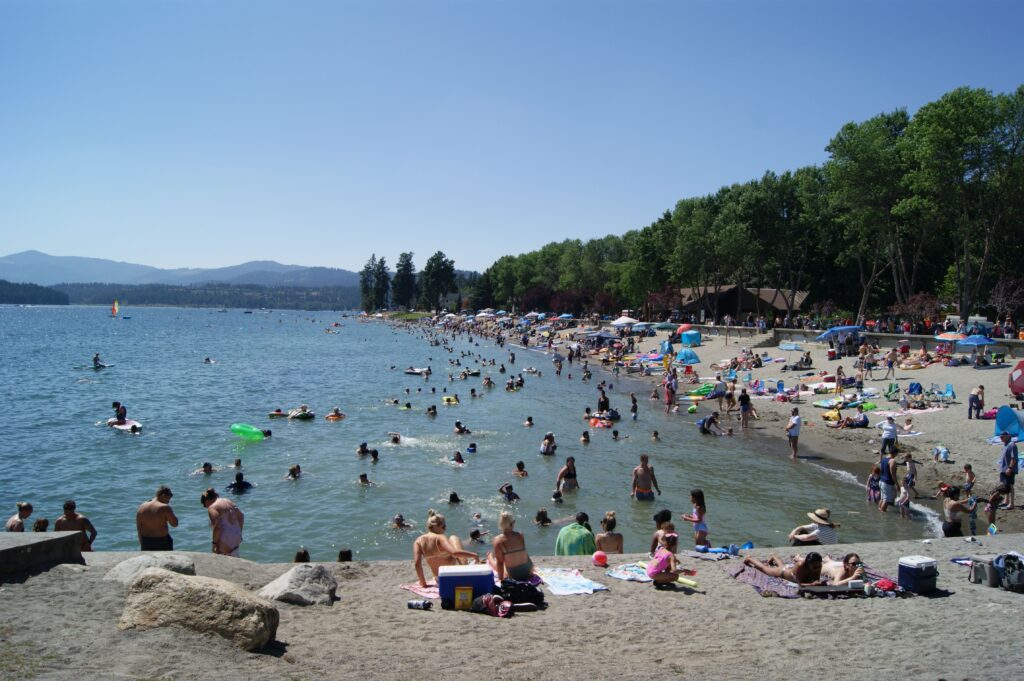
In addition to silver, Idaho is also known for its sheep production. The Sun Valley area celebrates its history and importance every October with the Trailing of the Sheep Festival, which includes a big parade in Ketchum. MSN.com considered the event to be one of the Top 10 fall festivals in the world.
You’ll also find alpacas and llamas grazing near Coeur d’Alene, where you can take a guided tour of the Seven Stars Alpaca Ranch. Knitters can buy some unique yarn in the country store.
Craters of the Moon National Monument lets visitors experience a moon-like landscape thanks to the dark black rocks from a large lava field. More than 60 volcanoes have contributed to the out-of-the-world landscape. Because it’s so isolated, the monument is an ideal place to view the Milky Way.
As you plan your trip through the Pacific Northwest, consider Workamping in that region for a season or two. It is a fabulous way to truly experience the scenic beauty and diverse culture.
For more information about visiting the Pacific Northwest, contact these tourist agencies:
- Washington – https://stateofwatourism.com
- Oregon – https://traveloregon.com
- Idaho – https://visitidaho.org
- Montana – https://www.visitmt.com
In our next post, we’ll share about Western Montana and Oregon – stay tuned!
Thanks for reading the Gone Workamping blog from Workamper News. Join Workamper.com today to see all the new job opportunities for RVers, as well as the training and resources to confidently find the right Workamping job for you – easily and securely.


